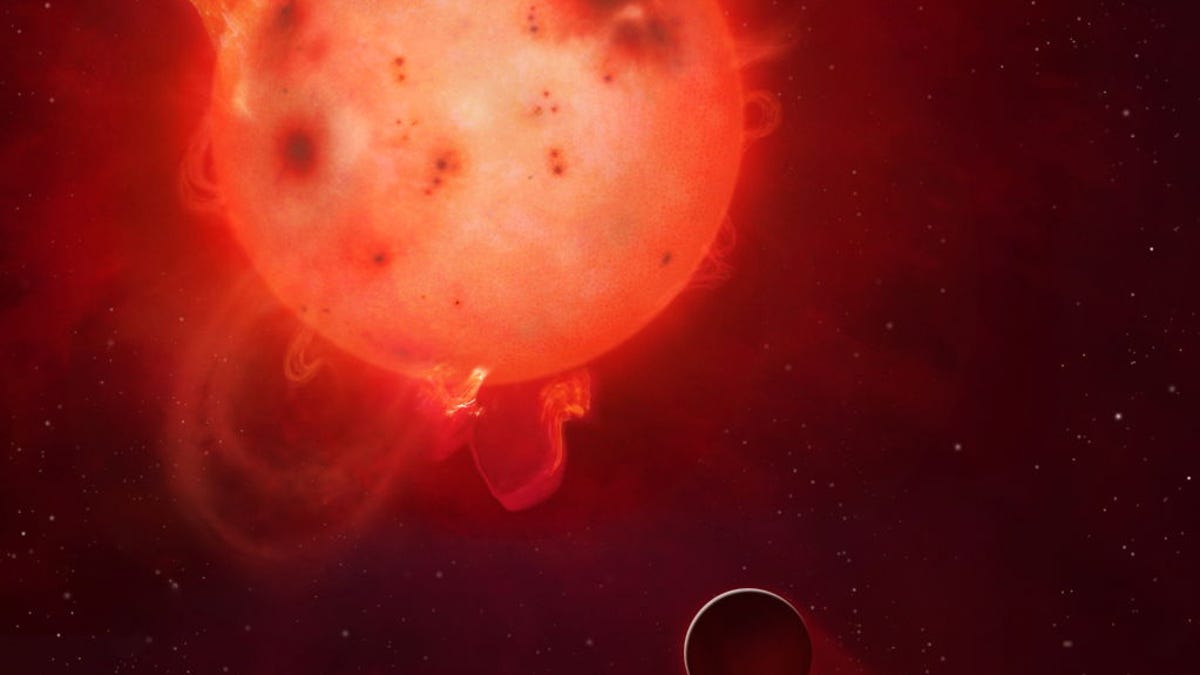Farewell to hope of life on Kepler-438b
One of the most Earth-like planets located by the Kepler mission is uninhabitable after all, due to its very active star.
The search for extraterrestrial life continues. According to new research from a team at the University of Warwick, one of the Kepler mission's most Earth-like candidates would be utterly uninhabitable to carbon-based life.
The Kepler mission is searching for planets that are enough like Earth to be considered habitable. Discovered in January 2015, Kepler-438b looked like an excellent candidate. The planet fit the two key characteristics for a Kepler candidate to a T. The first of these is that the planet has to be rocky, like Earth or Mars, rather than gaseous, like Jupiter or Saturn. The second is that it has to orbit its star in the habitable zone, where temperatures are neither too hot nor too cold to support life.
Kepler-438b It is only 12 percent bigger than Earth and receives about 40 percent more light. Kepler-438b is similar in temperature to the Earth, but it is much closer to its star, a cooler Red Dwarf called Kepler-438. Kepler-438b orbits Kepler-438 every 35 days.
The research team, led by David Armstrong of the university's Astrophysics Group, has discovered that this star is very active, shooting superflares and associated coronal mass ejections every few hundred days. Using photometry, the team detected excess radiation caused by the star's flares.
The coronal mass ejections from the star, 10 times more powerful than any on record made by our sun, may have stripped the planet of its atmosphere.
"If the planet, Kepler-438b, has a magnetic field like the Earth, it may be shielded from some of the effects. However, if it does not, or the flares are strong enough, it could have lost its atmosphere, be irradiated by extra dangerous radiation and be a much harsher place for life to exist."
Life as we know it needs an atmosphere. Every life-form on Earth depends on the atmosphere for respiration, but it goes beyond that. Earth's atmosphere also protects us from harmful radiation.
"With little atmosphere, the planet would also be subject to harsh UV and X-ray radiation from the superflares, along with charged particle radiation, all of which are damaging to life," explained study co-author Chloe Pugh of the university's Centre for Fusion, Space and Astrophysics.
The search for extraterrestrial life is not yet over, though. To date, the Kepler mission has identified 1,030 candidate planets, many of which have not yet been studied in great detail.
The team's paper, which has been accepted by the Monthly Notices of the Royal Astronomical Society, can be read on arXiv.


